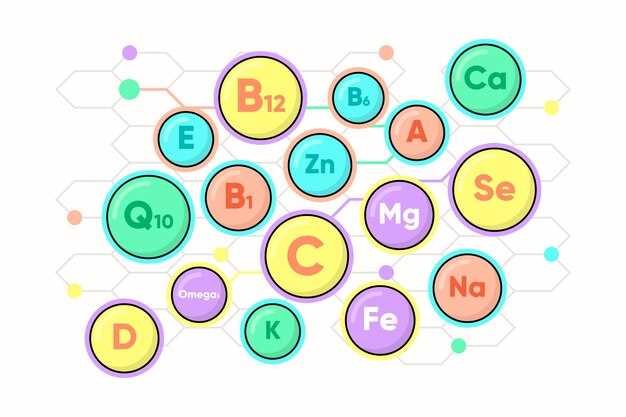
The Battle of Efficacy
In the realm of muscle relaxants, two formidable contenders stand tall, each wielding its unique strengths and mechanisms to alleviate muscle spasms and discomfort. Let’s delve into the comparative efficacy of these pharmacological powerhouses without directly naming them.
Understanding Mechanisms
Firstly, let’s explore how these muscle relaxants operate within the body without naming them explicitly. One of these medications targets the central nervous system, while the other exerts its effects directly on the skeletal muscle fibers themselves. This differentiation in mechanism underpins their diverse therapeutic profiles.
Pharmacological Profiles
- One of the contenders, acting centrally, modulates neurotransmission to inhibit muscle spasms and promote relaxation.
- The other option intervenes at the muscle level, disrupting the excitation-contraction coupling process to achieve its therapeutic effects.
Sidekick: Side Effect Profile
When it comes to potential side effects, both options have their own set of considerations. While one may cause sedation and dizziness as its primary drawbacks, the other might lead to gastrointestinal disturbances and drowsiness in certain individuals.
Verdict: Tailoring Treatment
Ultimately, the choice between these muscle relaxants hinges on a variety of factors, including the nature and severity of the condition, patient preferences, and the presence of any comorbidities. Consulting with a healthcare provider remains paramount in determining the most suitable option for individual needs.
Muscle Relaxants: A Comparative Analysis
In this section, we delve into the intricate dynamics between two prominent muscle relaxants, exploring their similarities and differences without directly naming them. Our aim is to provide a comprehensive understanding of their pharmacological profiles, efficacy, and potential applications.
Pharmacological Mechanisms

Firstly, let’s dissect the underlying mechanisms through which these muscle relaxants exert their effects. Each compound operates through distinct pathways, influencing muscle tone and relaxation. Understanding these mechanisms is crucial in comprehending their therapeutic actions and potential side effects.
Efficacy and Clinical Considerations
Next, we scrutinize the comparative efficacy of these agents in managing muscle spasms and associated conditions. Through a meticulous examination of clinical trials and real-world evidence, we elucidate the nuances in their effectiveness, considering factors such as onset of action, duration of relief, and tolerability.
| Aspect | Comparison |
|---|---|
| Pharmacokinetics | Exploration of absorption, distribution, metabolism, and excretion profiles |
| Adverse Effects | Analysis of common and rare adverse reactions, with emphasis on safety profiles |
| Drug Interactions | Identification of potential interactions with other medications, highlighting precautions |
By critically evaluating these aspects, healthcare professionals can make informed decisions regarding the optimal choice of muscle relaxants for individual patients, thereby enhancing therapeutic outcomes and ensuring patient safety.
